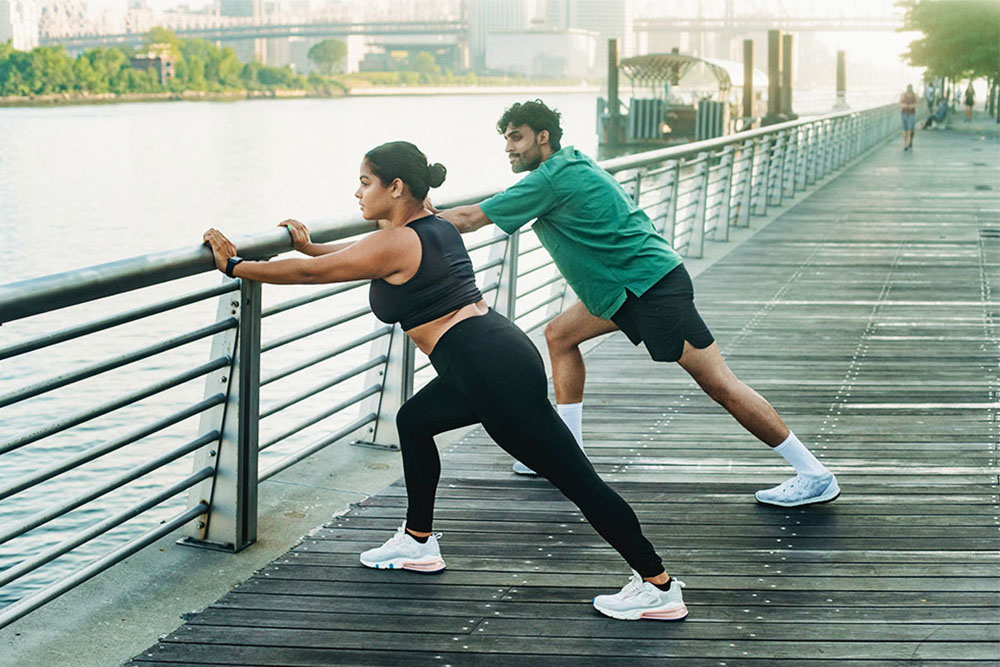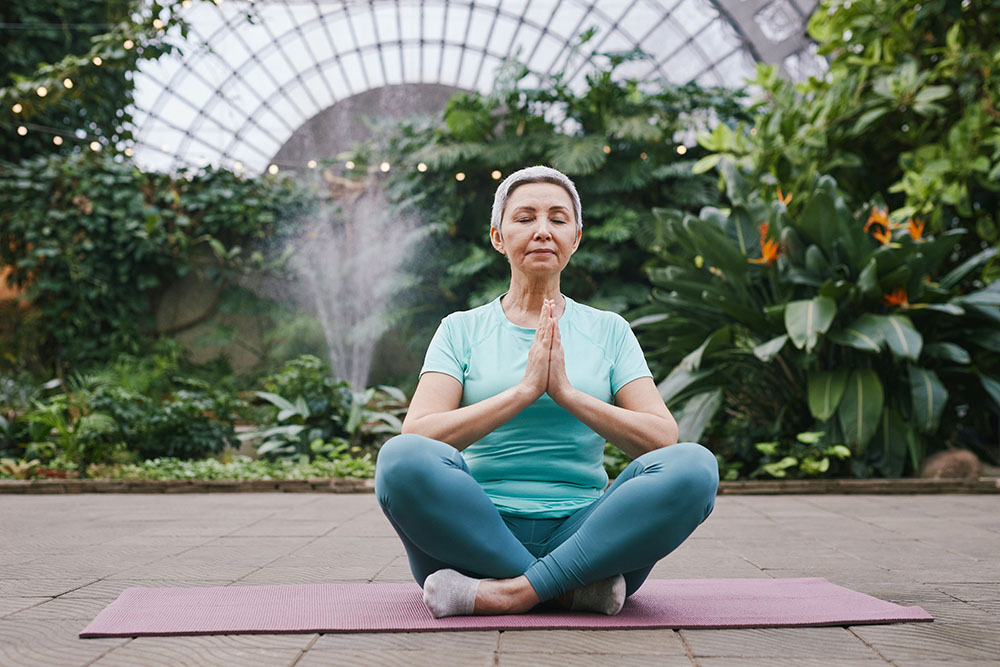Injury awareness: does stretching prevent injuries?

It used to be believed that stretching before a workout was as important as eating breakfast before the start of a big day. If you want to minimize the risk of possible muscle tears, joint injuries or pain-free running, then stretching to prevent injuries is an essential part of your exercise regimen before you start training. But why do we need to think about stretching in terms of injury awareness? Does stretching before exercise reduce the risk of injuries? What was once considered the ideal precursor to our regular workouts has produced conflicting results.
Current research has shown that stretching for injury prevention is a misconception and, at best, inconclusive about preventing injuries. It’s not that stretching is considered ineffective within the physical therapy community. Instead, what is essential to physical therapy is how stretching is applied and translates to the activity that is soon to follow. Essentially, one must do a warm-up in addition to stretching to perform a functional exercise. For example, if you want to increase the strength of your quadriceps and gluteus maximus by performing squats, it’s best to use light sets before adding heavier weights.
Warm-up routine in addition to stretching

- External heat: Heat pack, gel pack, sauna, etc.
- Massage
- Self-traction: Arm hangs, streamers etc.
- General or specific warm-ups
- Jumping jacks, cycling, short walk (general)
- Light activities before adding heavier weights (specific)
- Relaxation training
This is a simple method to reduce and relieve pain, reduce muscle tension and minimize anxiety and stress. The definition of relaxation training is “a reduction in muscle tension throughout the body or region that is painful or limited by conscious effort and thought.”
Related content >> Stretches for marathon runners
Three types of relaxation training
- Autogenic training: Conscious relaxation through self-suggestion and promotion of exercises and meditation.
- Progressive relaxation: Using methodical, distal to proximal progression of voluntary contraction/relaxation of muscles. The sequence for the technique can be as follows:
- Place yourself in a quiet area, in a comfortable position
- Breathe deeply and relaxed
- Contract the distal muscles in the hands/feet for at least 5-10 seconds, followed by consciously relaxing those muscles for 20-30 seconds
- Get a feeling of reduced heaviness in the hands/feet, with a feeling of warmth in the muscles that have just relaxed.
- Realize a feeling of relaxation and warmth in your limbs and then throughout your body
- Awareness through movement: Combination of sensory awareness, limb and trunk movements, deep breathing, conscious relaxation procedures and self-massage to alter postural abnormalities and muscle imbalances to reduce muscle tension and pain.

If someone is truly relaxed, the following indicators may be present:
- Decreased muscle tension
- Decreased heart and breathing rate, decreased blood pressure
- Increased skin temperature
- Constriction of the pupil
- Minimal to no exercise
- Flat facial expression and closed eyes
- Palms open with jaw and hands relaxed
- Reduced distractibility
When it comes to preventing injuries, there are numerous factors to consider:
- Warm up well
- Good technique and postural mechanics
- Duration, frequency and intensity of the stretch.
The better prepared your body is, the less likely you are to get injured. Stretching is not a panacea and may not make as much of a difference as you might think in preventing injuries. But if it is to provide any benefit in terms of risk prevention, it must be carried out with other methods of rewarming.
If you have any questions or would like a professional to evaluate your stretching and exercise routine, visit us at the Foothills location nearest you.







One Comment